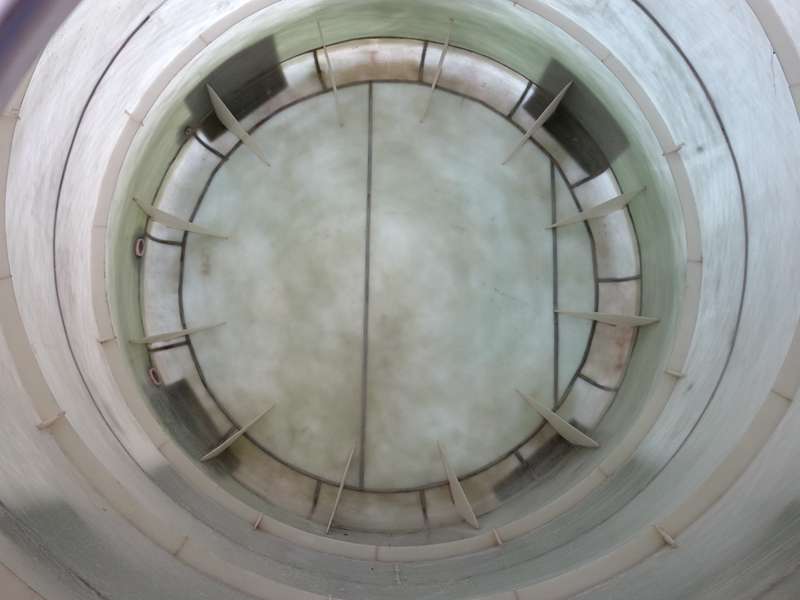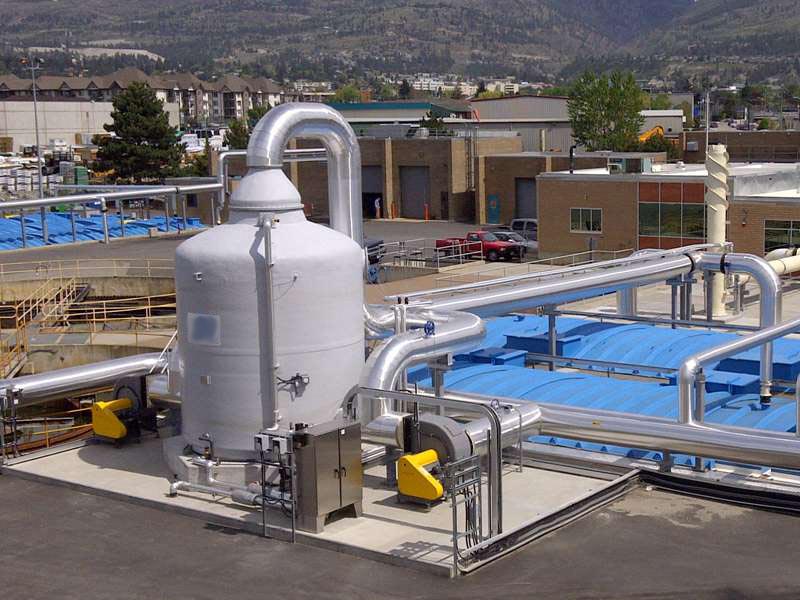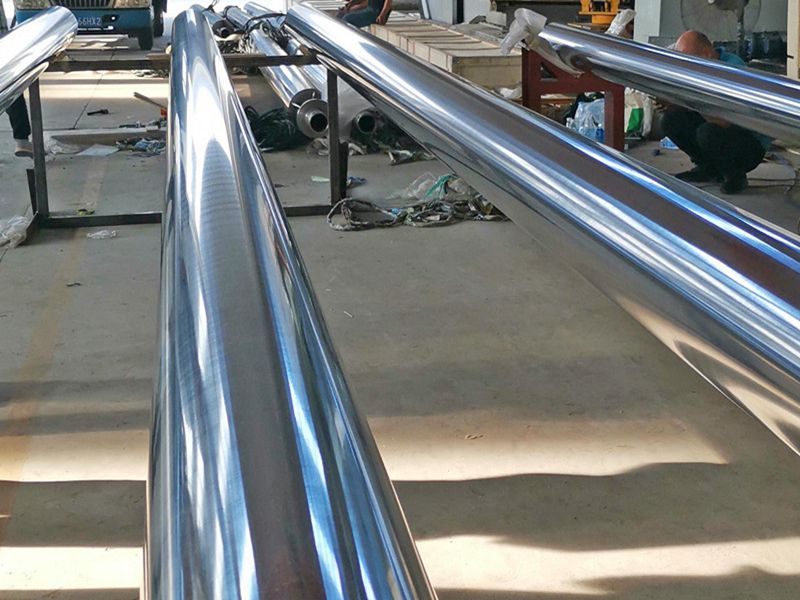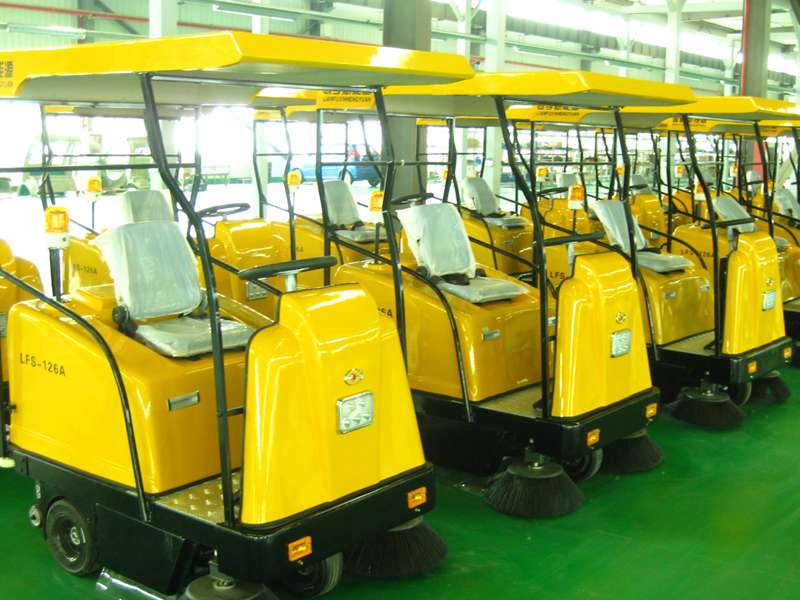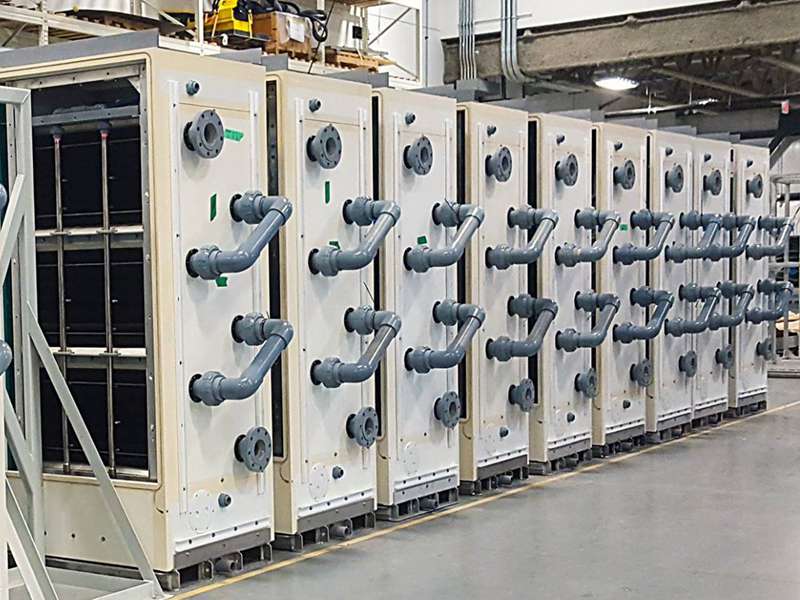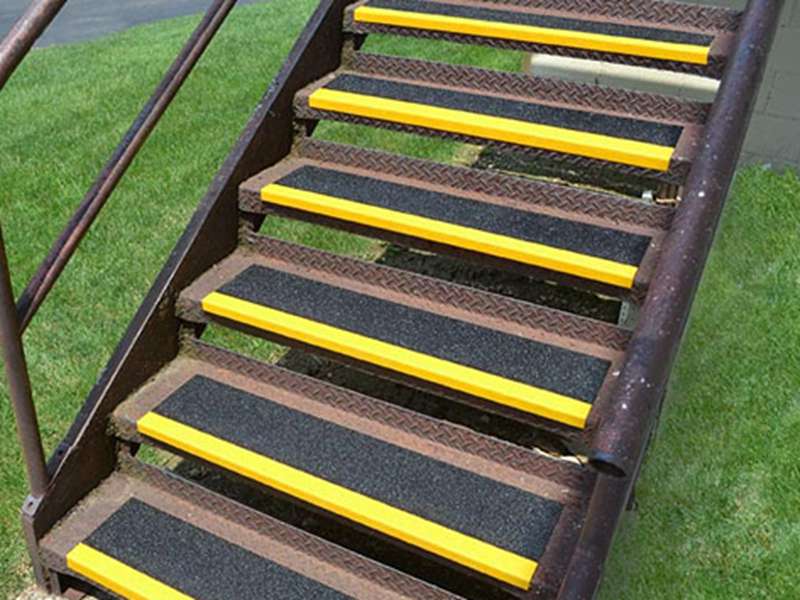
-
 Afrikaans
Afrikaans -
 Albanian
Albanian -
 Amharic
Amharic -
 Arabic
Arabic -
 Armenian
Armenian -
 Azerbaijani
Azerbaijani -
 Basque
Basque -
 Belarusian
Belarusian -
 Bengali
Bengali -
 Bosnian
Bosnian -
 Bulgarian
Bulgarian -
 Catalan
Catalan -
 Cebuano
Cebuano -
 China
China -
 China (Taiwan)
China (Taiwan) -
 Corsican
Corsican -
 Croatian
Croatian -
 Czech
Czech -
 Danish
Danish -
 Dutch
Dutch -
 English
English -
 Esperanto
Esperanto -
 Estonian
Estonian -
 Finnish
Finnish -
 French
French -
 Frisian
Frisian -
 Galician
Galician -
 Georgian
Georgian -
 German
German -
 Greek
Greek -
 Gujarati
Gujarati -
 Haitian Creole
Haitian Creole -
 hausa
hausa -
 hawaiian
hawaiian -
 Hebrew
Hebrew -
 Hindi
Hindi -
 Miao
Miao -
 Hungarian
Hungarian -
 Icelandic
Icelandic -
 igbo
igbo -
 Indonesian
Indonesian -
 irish
irish -
 Italian
Italian -
 Japanese
Japanese -
 Javanese
Javanese -
 Kannada
Kannada -
 kazakh
kazakh -
 Khmer
Khmer -
 Rwandese
Rwandese -
 Korean
Korean -
 Kurdish
Kurdish -
 Kyrgyz
Kyrgyz -
 Lao
Lao -
 Latin
Latin -
 Latvian
Latvian -
 Lithuanian
Lithuanian -
 Luxembourgish
Luxembourgish -
 Macedonian
Macedonian -
 Malgashi
Malgashi -
 Malay
Malay -
 Malayalam
Malayalam -
 Maltese
Maltese -
 Maori
Maori -
 Marathi
Marathi -
 Mongolian
Mongolian -
 Myanmar
Myanmar -
 Nepali
Nepali -
 Norwegian
Norwegian -
 Norwegian
Norwegian -
 Occitan
Occitan -
 Pashto
Pashto -
 Persian
Persian -
 Polish
Polish -
 Portuguese
Portuguese -
 Punjabi
Punjabi -
 Romanian
Romanian -
 Russian
Russian -
 Samoan
Samoan -
 Scottish Gaelic
Scottish Gaelic -
 Serbian
Serbian -
 Sesotho
Sesotho -
 Shona
Shona -
 Sindhi
Sindhi -
 Sinhala
Sinhala -
 Slovak
Slovak -
 Slovenian
Slovenian -
 Somali
Somali -
 Spanish
Spanish -
 Sundanese
Sundanese -
 Swahili
Swahili -
 Swedish
Swedish -
 Tagalog
Tagalog -
 Tajik
Tajik -
 Tamil
Tamil -
 Tatar
Tatar -
 Telugu
Telugu -
 Thai
Thai -
 Turkish
Turkish -
 Turkmen
Turkmen -
 Ukrainian
Ukrainian -
 Urdu
Urdu -
 Uighur
Uighur -
 Uzbek
Uzbek -
 Vietnamese
Vietnamese -
 Welsh
Welsh -
 Bantu
Bantu -
 Yiddish
Yiddish -
 Yoruba
Yoruba -
 Zulu
Zulu
High-Performance Fans, Dampers & Demisters for Industrial Solutions
Address: No. 1289, Yingbin South Street, Jizhou District, Hengshui, Hebei, China
Website: https://www.jrain-frp.com
Fans, dampers, and demisters are essential engineered components playing pivotal roles in modern air-handling solutions across industrial, municipal, and environmental sectors. Market data and recent publications (Chemical Processing Magazine, HVACinformed) underscore a consistent growth in demand fueled by environmental regulations, the expansion of waste treatment processes, and the rapid development of urban odor-control and fume handling systems.
The global Fans & Dampers & Demisters market is characterized by increasing adoption of advanced composite materials (notably fiberglass-reinforced plastics), higher efficiency requirements, and stringent safety standards. Integration with smart monitoring and automation further enhances system reliability and operational safety.
Short Description: Jrain designs and manufactures various fiberglass fan shells, dampers, and demisters. Widely used for acid and alkali treatment, waste management, municipal odor-control, chlorine scrubber influent ducts, fume scrubbers/strippers, and broader air-handling systems.
Contact: Tel: 0086-(0)318-8690689 | Email: sales@jrain-frp.com | Mobile: 008615303218081
Address: No. 1289, Yingbin South Street, Jizhou District, Hengshui, Hebei, China
| Category | Material | Size Range | Airflow Capacity | Typical Pressure Drop | Efficiency | Temperature Resistance | Corrosion Resistance |
|---|---|---|---|---|---|---|---|
| Fans | FRP, SS304, PP | 200mm-2400mm | 2000-120,000 m³/h | 50-800 Pa | 85%-95% | -20°C~+120°C | Excellent (Acid/Alkali proof) |
| Dampers | FRP, SS316, Carbon Steel | 150mm-3000mm | Variable | 30-180 Pa | 99% Sealing Rate | -20°C~+110°C | Excellent |
| Demisters | FRP, SS304, PP, PTFE | Customized | For flows up to 200,000 m³/h | 70-240 Pa | >99.9% Droplet Removal | -40°C~+150°C | Outstanding |

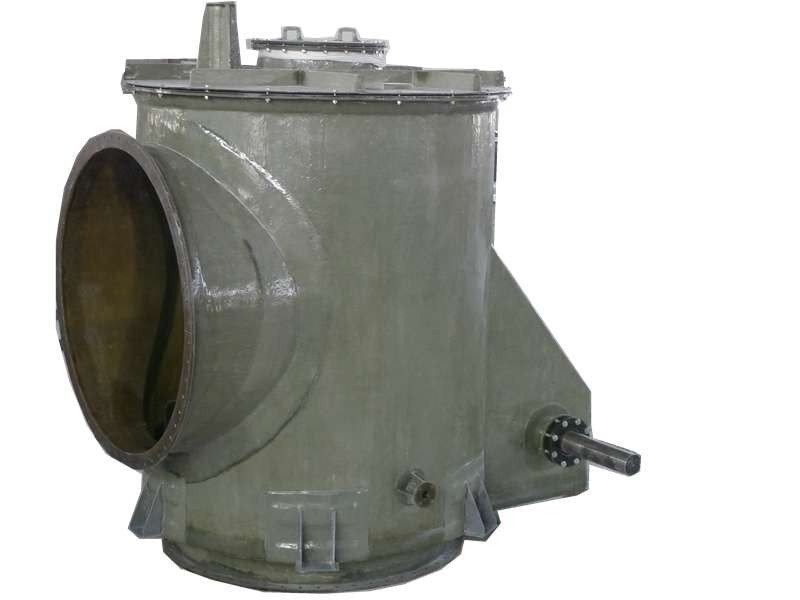
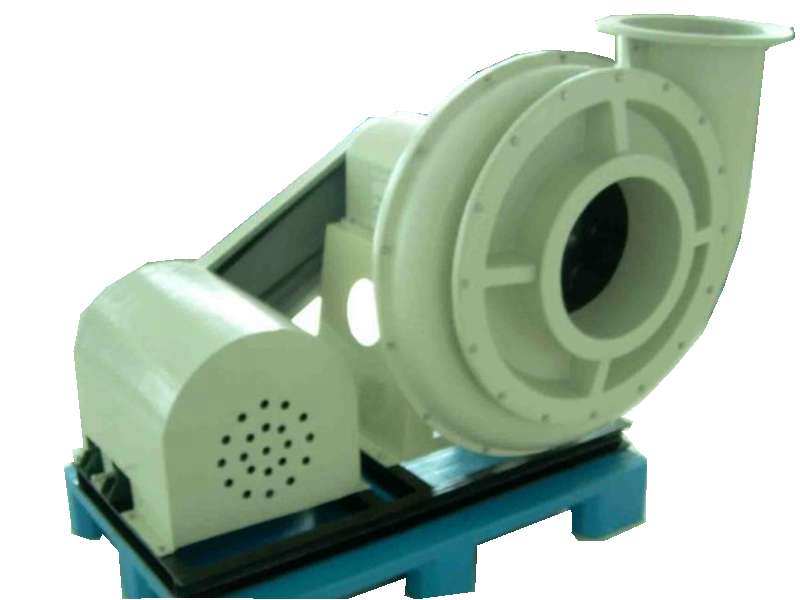
Fans & Dampers & Demisters are core to the efficiency, safety, and reliability of numerous engineered systems. Key application areas include:
- Acid and alkali vapor treatment units
- Municipal odor-control systems
- Waste treatment facilities (chemical, biological, and medical)
- Emergency chlorine scrubber influent duct systems
- Fume scrubbers and vapor strippers in chemical processing
- HVAC and industrial air handling (data centers, pharmaceuticals, electronics, etc.)
- Material Innovation: Future-ready Fans & Dampers & Demisters use high-grade FRP (fiberglass-reinforced plastic) and specialty alloys for superior corrosion resistance, mechanical strength, and longevity, backed by findings in journal research on material performance.
- Energy Efficiency: Enhanced aerodynamic design, high-efficiency motors, low-resistance demister pads, and precision-engineered dampers to reduce operational costs as per HPAC Engineering.
- Customization: Increasing demand for tailored fans, dampers, and demisters to meet unique process requirements and regulatory norms.
- Smart Automation: Integration with IoT sensors for remote operational monitoring and predictive maintenance.
- Sustainability: Preference for recyclable composites and attention to lifecycle carbon footprint.
| Parameter | Fans | Dampers | Demisters |
|---|---|---|---|
| Material Options | FRP, SS304, PP | FRP, SS316, CS | FRP, SS304, PP, PTFE |
| Unit Weight (kg) | 30-500 | 10-350 | 20-150 |
| Max Flow Rate (m³/h) | 120,000 | Variable | 200,000 |
| Pressure Drop (Pa) | 50-800 | 30-180 | 70-240 |
| Temperature Range (°C) | -20 to 120 | -20 to 110 | -40 to 150 |
| Removal/Sealing Efficiency | 90-95% | 99%+ | 99.9%+ |
- Q1: What is the advantage of using FRP for Fans & Dampers & Demisters?
- A1: FRP (Fiberglass Reinforced Plastic) offers outstanding corrosion resistance to acids, alkalis, and harsh chemicals. It is lightweight, has high mechanical strength, and ensures longevity in difficult environments, surpassing many metals. This makes FRP ideal for waste treatment, scrubbing systems, and chemical plants (Composites World).
- Q2: What installation standards should be followed for industrial fans?
- A2: As per ASHRAE and AMCA standards, installation should ensure vibration isolation, proper duct alignment, adequate support structures, and suitable electrical controls for both safety and performance optimization.
- Q3: How do damper sealing efficiencies impact system performance?
- A3: Damper sealing efficiency (often >99%) is critical to control airflow, prevent leaks, and maintain system pressure integrity, which helps conserve energy and prevent contaminant bypass in sensitive industrial environments (HPAC Engineering).
- Q4: What are typical mesh materials for demisters, and how are they chosen?
- A4: Demister meshes use FRP, SS304/316, PP, or PTFE, selected based on corrosion risk, temperature, and droplet removal efficiency. PTFE is preferable for high-corrosive and high-temperature gases, while FRP is cost-effective for moderate environments.
- Q5: How does system design influence fan selection?
- A5: Fan selection must consider airflow volume, static pressure, chemical resistance, available space, and noise requirements. Advanced system simulations (CFD) are increasingly used for optimized sizing as detailed by industry research.
- Q6: What regulatory standards govern Fans & Dampers & Demisters?
- A6: Standards include ASME AG-1, ASTM D4167, ISO 14694 (fans), EN 1751 (dampers), and ISO 16890 (air filtration). Compliance assures safety, efficiency, and environmental conformity (ASTM / ISO).
- Q7: What maintenance is required for optimal performance?
- A7: Recommended practices include periodic visual inspection, cleaning, re-lubrication, vibration analysis, test of damper actuation, and demister integrity checks. Automated IoT-based sensors enable predictive maintenance, minimizing downtime (Chemical Engineering Progress).
- Custom-engineered FRP solutions for superior corrosion resistance and lightness
- High-efficiency blade, damper, and mesh geometries for maximum process effectiveness
- Modular, easy-to-install designs with low maintenance requirements
- Precision manufacturing under ISO 9001/CE compliance
- Option for advanced anti-static and anti-fouling treatments
- Remote monitoring, auto-actuation, and digital integration available
- 30+ Years Experience: Expertise in FRP-based air handling components serving chemical, water, municipal, medical, and electronics sectors worldwide
- Full Engineering Support: From on-site survey to 3D design and after-sales technical assistance
- Global Projects: Proven performance in international projects—references available
- Stringent Quality Control: Each product batch tested for mechanical, chemical, and dimensional parameters
- Prompt Logistics: Fast delivery schedules and OEM/ODM specification capability
The technologies embodied in Fans & Dampers & Demisters are central to modern-day air-processing, chemical and environmental management facilities. As composite materials and technical standards evolve, cutting-edge manufacturers such as Jrain Composites deliver enhanced reliability, environmental safety, and efficiency. The ongoing focus on eco-friendliness, automation, and compliance with global quality frameworks further strengthens the importance of professional sourcing and system design.
References:
- Chemical Processing Magazine: Air Handling Advances
- ScienceDirect: Enhanced Performance of FRP in Industrial Fans
- ResearchGate: Fan Selection & Energy Efficiency in HVAC
- HPAC Engineering: Fans & Dampers for Greener Buildings
- ASHRAE: Technical Resources For Industrial Fans
- HVAC Informed: Dampers & Demisters Trends
- ASTM International: Test Standards For Air Handling Equipment
- ISO: Air Quality Management & Equipment Norms
Latest news
-
High-Quality Mandrels and Molds for Precision ManufacturingNewsJul.26,2025
-
High-Performance Fans, Dampers & Demisters for Industrial SolutionsNewsJul.25,2025
-
High-Quality Fittings for Plumbing, HVAC & Industrial NeedsNewsJul.24,2025
-
High-Performance Clarifiers & Settlers for Water Treatment PlantsNewsJul.23,2025
-
High-Quality Fittings for Plumbing & Industrial Use | Durable and ReliableNewsJul.22,2025
-
Durable Corrosion-Resistant Dual Laminate Products | Industry SolutionsNewsJul.21,2025


